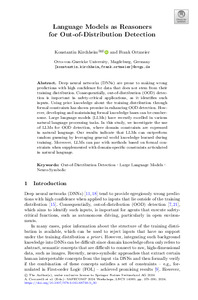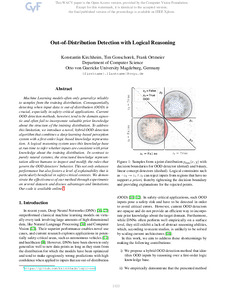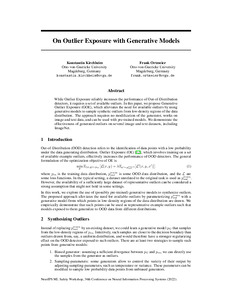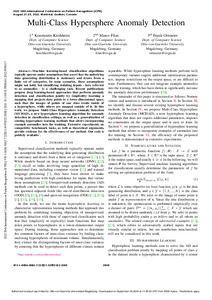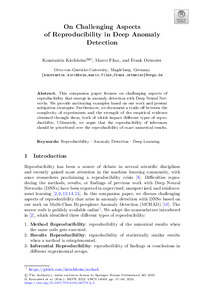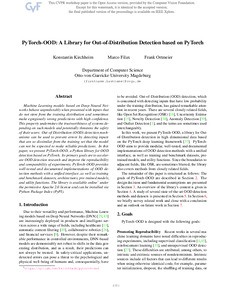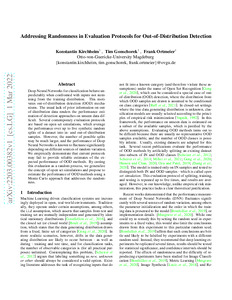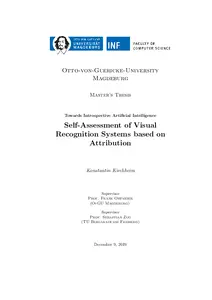Anomaly Detection is concerned with identifying observations that deviate from some model of normality. In his Structure of Scientific Revolutions, Kuhn argues that anomalies are the major driver of scientific progress because they uncover flaws in current models.
Hypotheses or “models” of how the world works (such as machine learning models and scientific theories) can fail when applied outside their usual domain. Therefore, when we make decisions based on the predictions of such models, we must ensure that we are currently operating in the domain the model was designed for so that we can expect it to make reliable predictions. This can be achieved by anomaly detection methods, which can help to identify out-of-domain observations.
An example of such a hypothesis would be Newtonian physics, which works remarkably well for low masses and velocities but is inaccurate outside these regimes.

